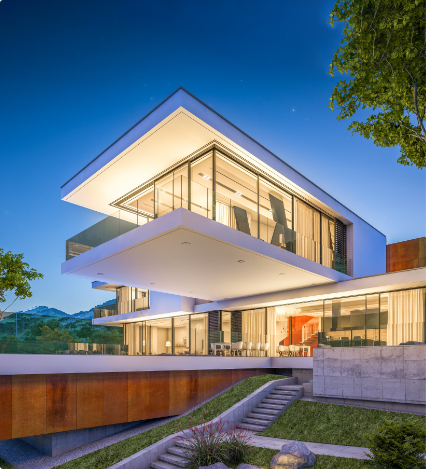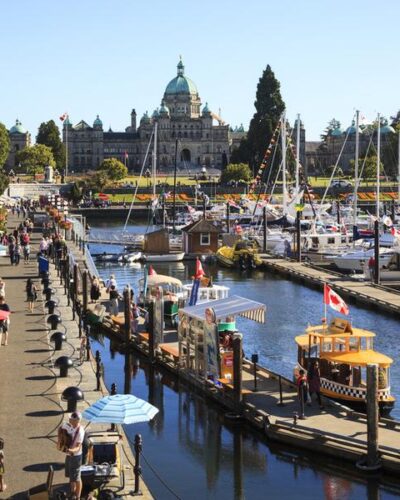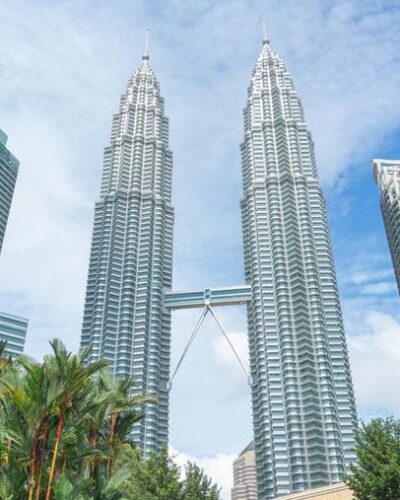The city of Budapest is one of the most-visited cities in Europe — and with good reason. Split into Buda and Pest by the grand Danube River, this sprawling metropolis combines a rich history and iconic architecture with cutting-edge art and a happening cafe and nightlife scene, making it one of the best places on the continent for a minibreak.
If you are planning a trip to the Hungarian capital, here are the 10 must-see attractions to add to your itinerary.
1. Gellért Hill
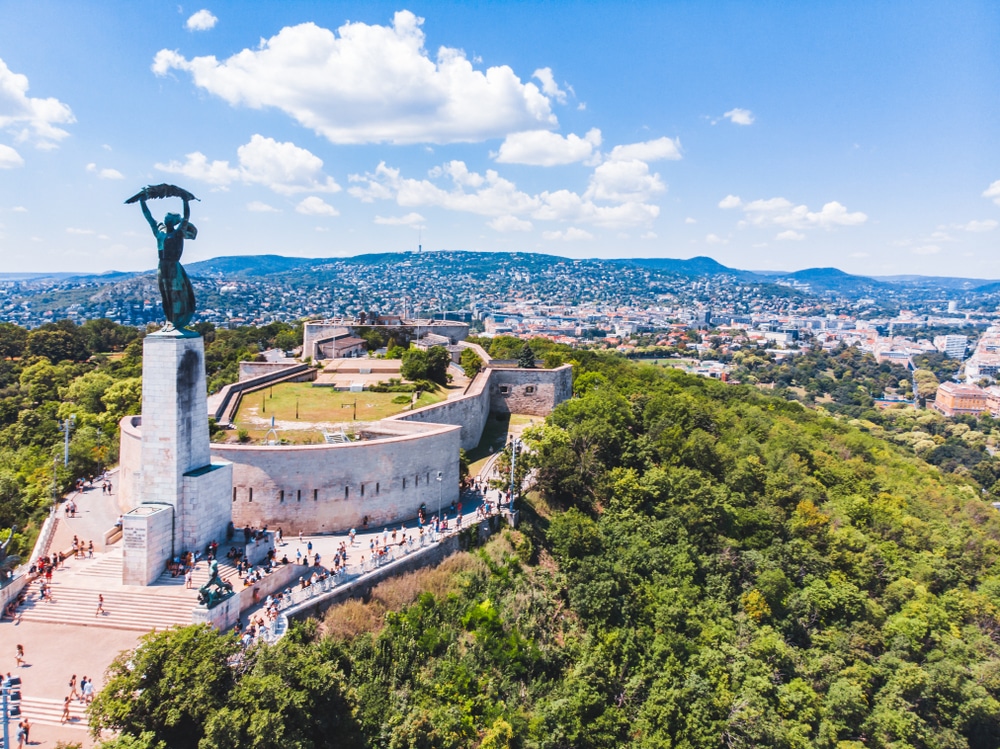
Gellért Hill is a 235-meter dolomite elevation that is one of the city’s most popular attractions. The hill’s geological faultline means that many of Budapest’s most famous springs emerge here and have been supplying Rudas Baths and other iconic spas as far back as the 13th century.
Start your morning with a walk around Jubilee Park, which was created to celebrate the 40th anniversary of the October Revolution. Then, head to the Gellért Monument — another must-see while exploring the hill. You’ll find this tribute to Hungary’s saint, a Benedictine monk for whom the hill is named, on the northeast slope.
Visitors should also check out the citadella that sits atop Gellért Hill. It was built by the Austrians in 1851 and is the perfect place for an afternoon stroll. Be sure to visit the Liberation Monument too, which was added in 1947 in memory of Soviet soldiers that died in World War II.
The 15-minute hike up the hill is a punishing walk, so if you’d prefer, you can hop on a funicular, book a taxi, or take public transport to save your legs.
2. St. Stephen’s Basilica
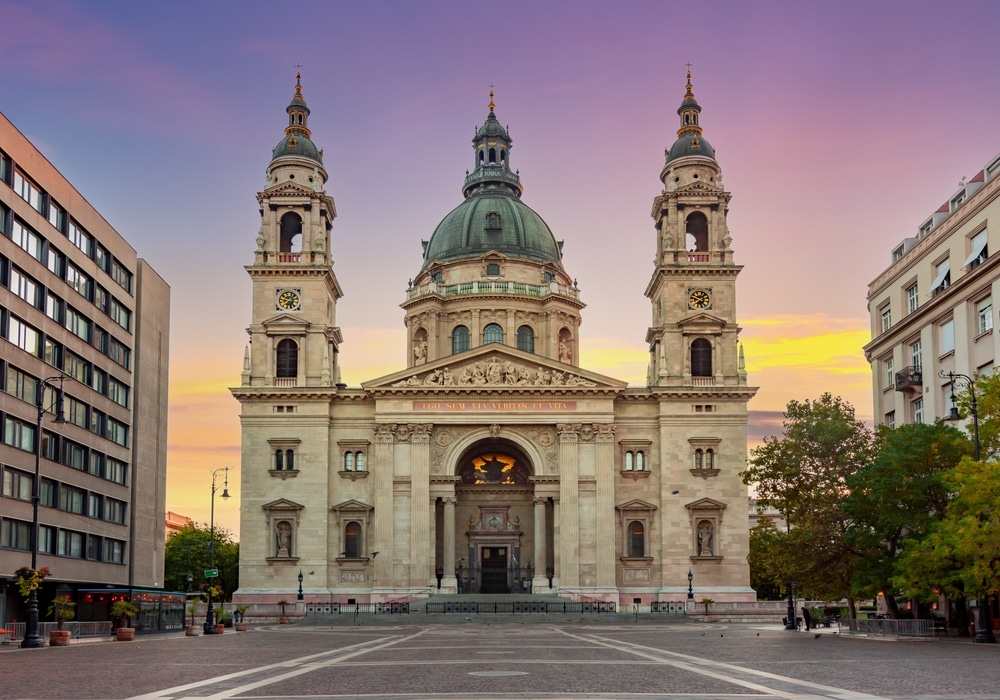
The grand domed St. Stephen’s Basilica is the city’s joint-tallest building at 97 meters and is the city’s most photographed monument. This incredible neoclassical cathedral is dedicated to St. Stephen, the founder of the Hungarian state.
Construction began in 1851 but wasn’t completed until 1905. It then suffered catastrophic damage during World War II, including the destruction of the church’s many mosaics. However, restorations were successful, and the cathedral is now much the same as it was upon completion.
Inside, you’ll find stunning frescoes and the precious mummified right hand of Hungary’s first king. The viewing platform is one of the best places for panoramic views of the city, and the 360-degree vistas are breathtaking. Guided tours are available on weekdays, and two elevators are available if you don’t want to climb the 364 steps to the dome. There are also frequent organ and classical music concerts — check the website for schedules.
3. Roman Ruins
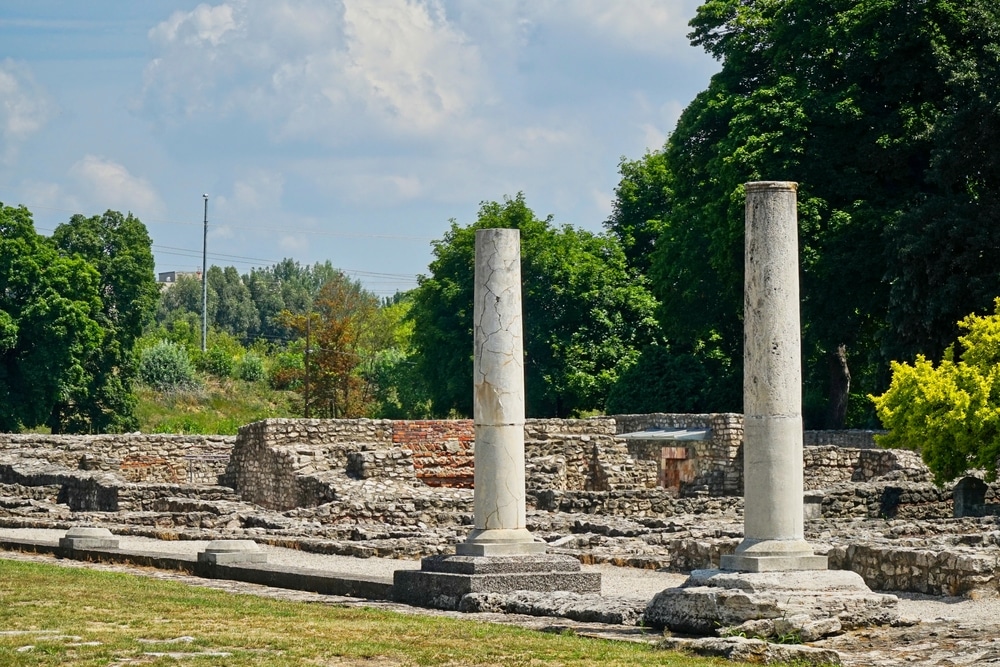
Budapest gives visitors the opportunity to see the most complete Roman civilian town in Hungary. Built around 100 AD, the city of Aquincum was of huge importance to Roman civilization and now offers a fascinating glimpse into the rich history of the city.
Only around a third of the original city has been excavated, but it’s still possible to stroll through the city’s streets to see houses, temples, courtyards, thermal baths, and fountains. You can also see the remnants of a sophisticated underfloor heating system, which perfectly encapsulates how forward-thinking the Romans were.
Aquincum Museum gives guests more perspective on the ruins and displays a vast collection of objects and artwork from Roman times.
4. City Park (Városliget)
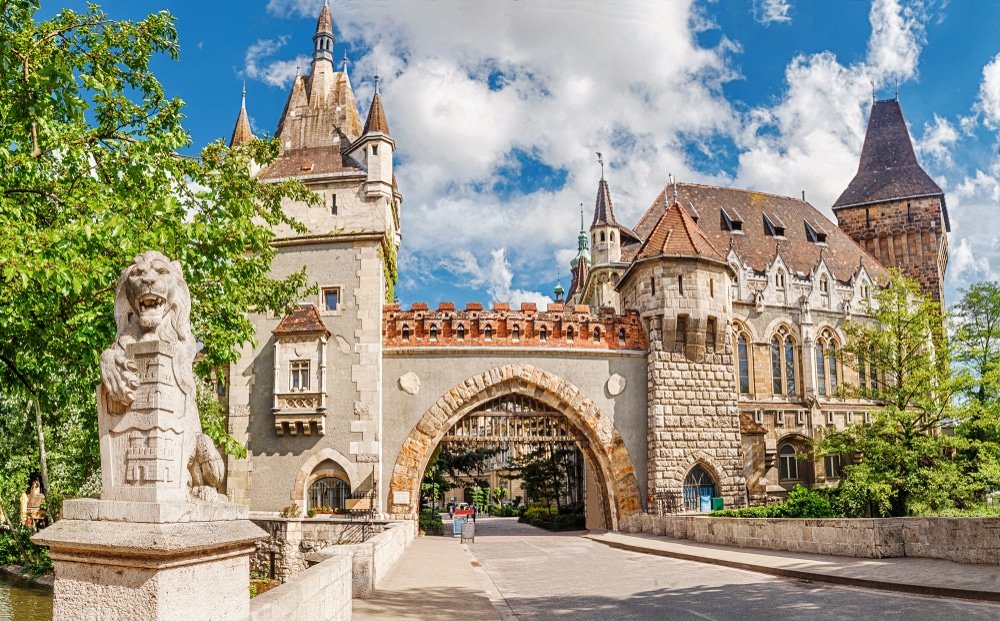
City Park is a lush outdoor space located conveniently close to the city center. The park has a long history — the first trees and walkways were established in 1751, and it became a public space in the early 19th century. There are now over 300 acres of woodland to explore, making it the perfect escape from the hustle and bustle of the city.
The picturesque lake is the centerpiece of the park and attracts locals and tourists on Hungary’s hot summer days. Fans of architecture will appreciate seeing some of Budapest’s best buildings while wandering in the park, including the Museum of Ethnography, the Millennium háza, the Vajdahunyad Castle, and the Széchenyi Baths.
It’s an easy walk to City Park via the iconic Andrássy Avenue (Andrássy ut). The main entrance is Heroes’ Square (Hősök tere), a UNESCO World Heritage site that was designed in 1896 to mark the thousandth anniversary of the Magyar conquest of the Carpathian Basin.
5. Danube Promenade
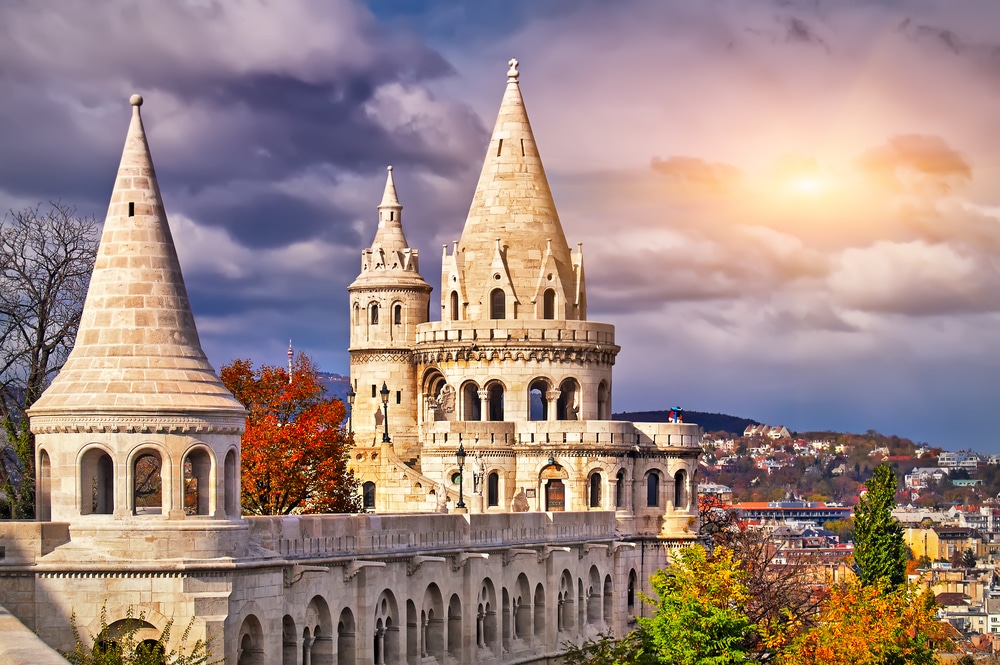
The best way to enjoy the River Danube is via a self-guided walking tour along the Danube Promenade. This picturesque walk runs between the Elisabeth and Széchenyi Chain Bridges on both the Buda and Pest sides of the river. During the walk, you’ll take in some of the city’s most important sights, including the neo-gothic Hungarian Parliament buildings, Buda Castle, and the Fisherman’s Bastion.
On the Pest side of the Danube, you’ll also find the heartwrenching Shoes on the Danube Bank Memorial. Consisting of 60 pairs of steel shoes, it memorializes the 3,500 people that were shot here by the Nazis during WWII. The victims, most of whom were Jews, were told to take off their shoes before being killed and pushed into the Danube.
If you prefer not to walk along the riverbanks, a river cruise is a fantastic alternative. Public transport along the route is also available — just hop on the number 2 tram.
6. Hungarian National Museum
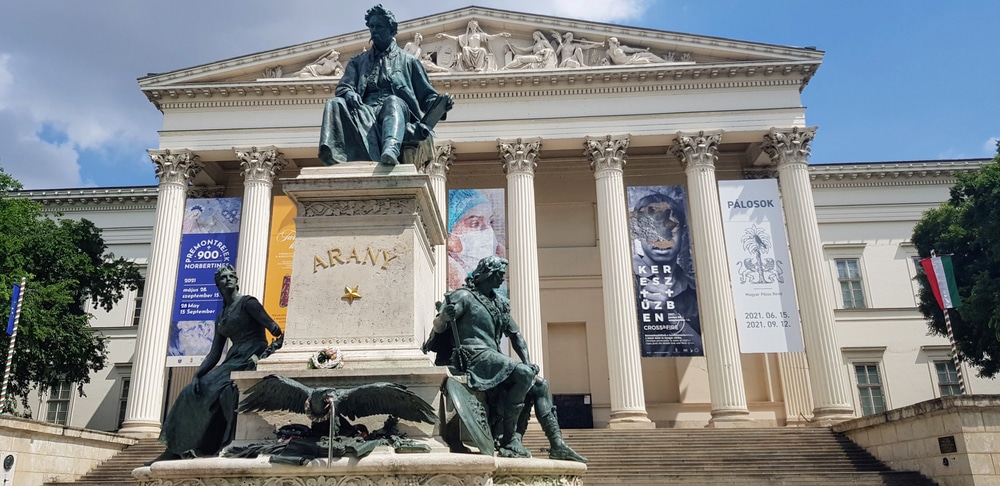
The fantastic Hungarian National Museum (Magyar Nemzeti Múzeum) is the perfect rainy-day attraction but really shouldn’t be missed, whatever the weather.
Founded in 1802, this extensive collection didn’t move to its current location until 1847. Visitors can easily spend half a day enjoying permanent and temporary exhibitions in the grand building, strolling in the central courtyard, and exploring the pristinely-kept gardens.
Key exhibits include the Royal Regalia, where guests can see the bejeweled Crown of St. Stephen. There’s also a fascinating display of artifacts from Hungary’s pre and early history — from the Stone Age through Roman times and into the early Middle Ages. In addition, there are some interesting objects from Hungary’s many battles for independence on display, including a range of historic weaponry. If musical history is more your thing, make sure you don’t miss Beethoven’s grand piano.
7. Margaret Island
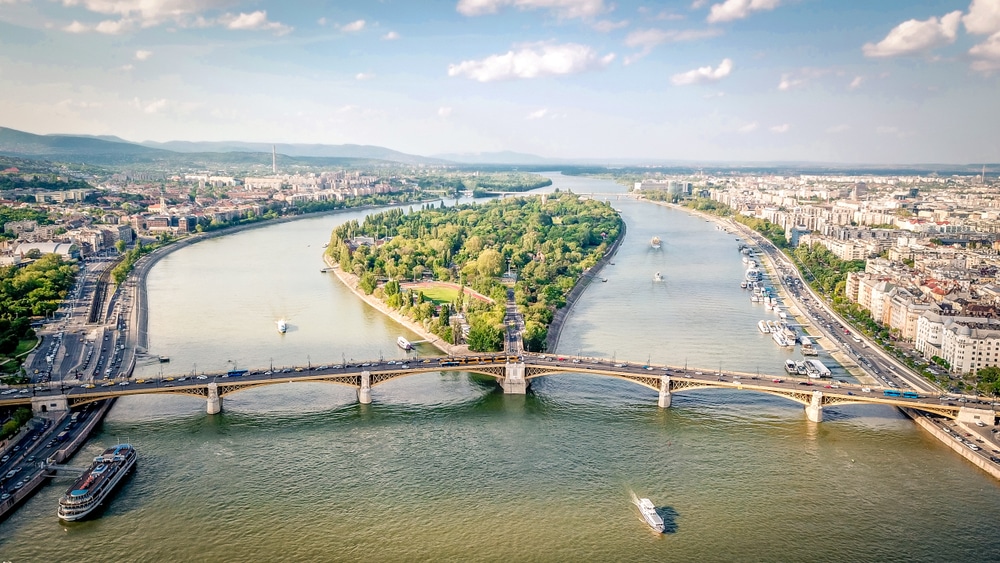
Margaret Island is a 1.5-mile-long island that sits in the middle of the Danube. This largely green sliver of land is where Budapest’s residents come to enjoy peace and fresh air without having to leave the city’s center.
The island is traffic-free other than the local bus, but there are many alternative ways to explore the island. Pedal carts and golf carts can be rented from various vendors, and there’s also a three-mile rubber-coated running track that encircles the island and is a popular place for locals to enjoy a workout.
Top sights on the island include a Japanese garden, an art nouveau tower that can be climbed for views of the island, medieval ruins, and an open-air thermal bath. If you visit at night, don’t miss the charming illuminations at the Margaret Island Musical Fountain. There are also several restaurants and bars, making it a great place to hang out long after night falls.
8. Széchenyi Chain Bridge

The Széchenyi Chain Bridge is the oldest and most striking bridge in Budapest. Originally opened in 1849, it was the first to link the Buda side and Pest sides of the city and became a grand example of mid-19th-century Hungarian architecture. During World War II, Nazi troops blew up the bridge and it had to be completely rebuilt. The new version was opened in 1949, one hundred years after its predecessor was unveiled.
This historically important and architecturally stunning bridge has undergone extensive renovations, and visitors can walk along it to take in spectacular views of the city. It’s especially beautiful when lit up at night, so makes for the perfect after-dinner stroll.
9. Matthias Church (Church of Our Lady)
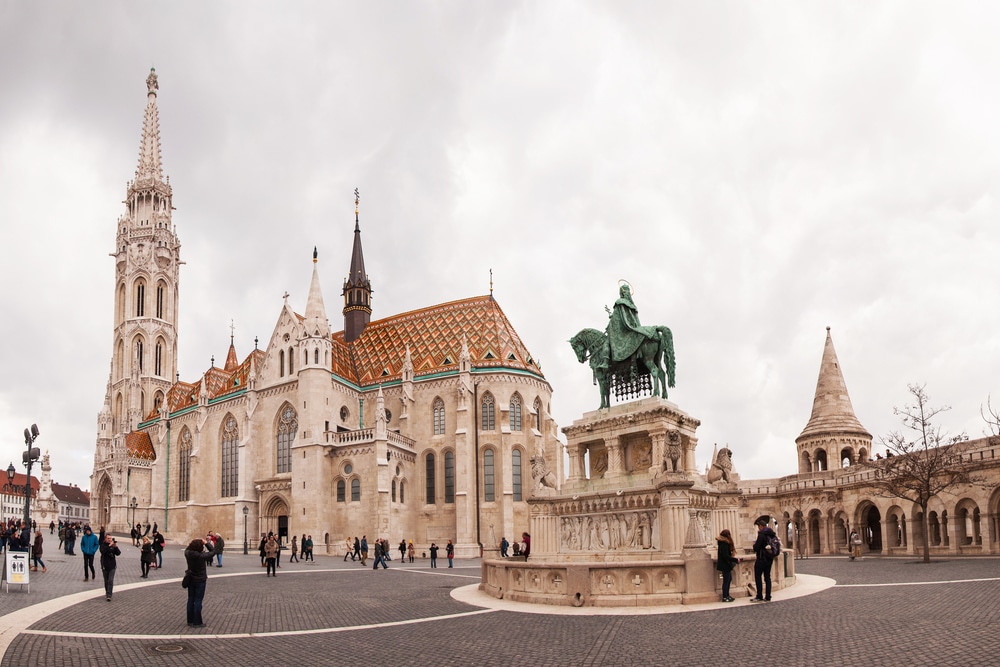
Matthias Church, or The Church of Our Lady, is a must-visit structure perched on Castle Hill. The building dates back to 1269 and, during the Turkish occupation in the 16th and 17th centuries, was used as a mosque. Renovations in the Baroque style followed, and what stands now is a superb representation of the richness of Hungarian history.
The Ecclesiastical Art Museum in the church’s crypt is worth a visit to see the collection of stone carvings and sacred relics. It’s also possible to tour the tower, but that part of the church has an additional fee to enter. Free organ concerts are held here on some Sunday evenings and are extremely atmospheric. Check the website for schedules.
10. Szimpla Kert
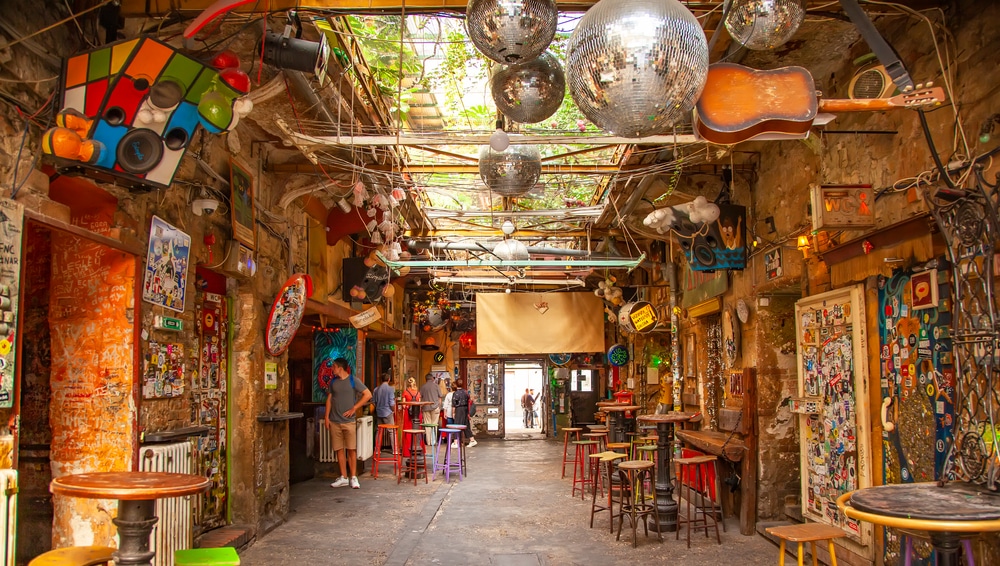
Budapest’s Ruin Bars are legendary, and no trip to the city is complete without checking one or two of them out. These bars and clubs have sprung up throughout the city in disused, derelict buildings and offer an authentic taste of Hungary’s famous party spirit.
Szimpla Kert is widely agreed to be the original and most famous bar of this kind, and fans of buzzing nightlife shouldn’t miss it. The moment you set foot inside the crumbling building located in the Jewish Quarter, you are transported into a surreal world of graffiti, mismatched furniture, and fairy lights.
This vast space takes up an entire apartment block, so there’s plenty to see and do on a visit to this Budapest hotspot. The drinks menu has more than 400 beverages on offer, and there are two floors and a courtyard to explore.
If partying isn’t your thing, but you’d like to check out the space, head down on a Sunday morning when it turns into a charming farmers’ market with live music. There are also regular exhibits from local and international contemporary artists, art workshops, theater performances, and film screenings, so check listings ahead of your visit.
Get to Know the Top Attractions in Budapest
As you can see, there’s plenty to see and do when visiting Budapest. Whether you’re in town for the weekend or have more time available to explore, this list of must-see attractions ensures that you won’t miss out on the best of beautiful Budapest.
